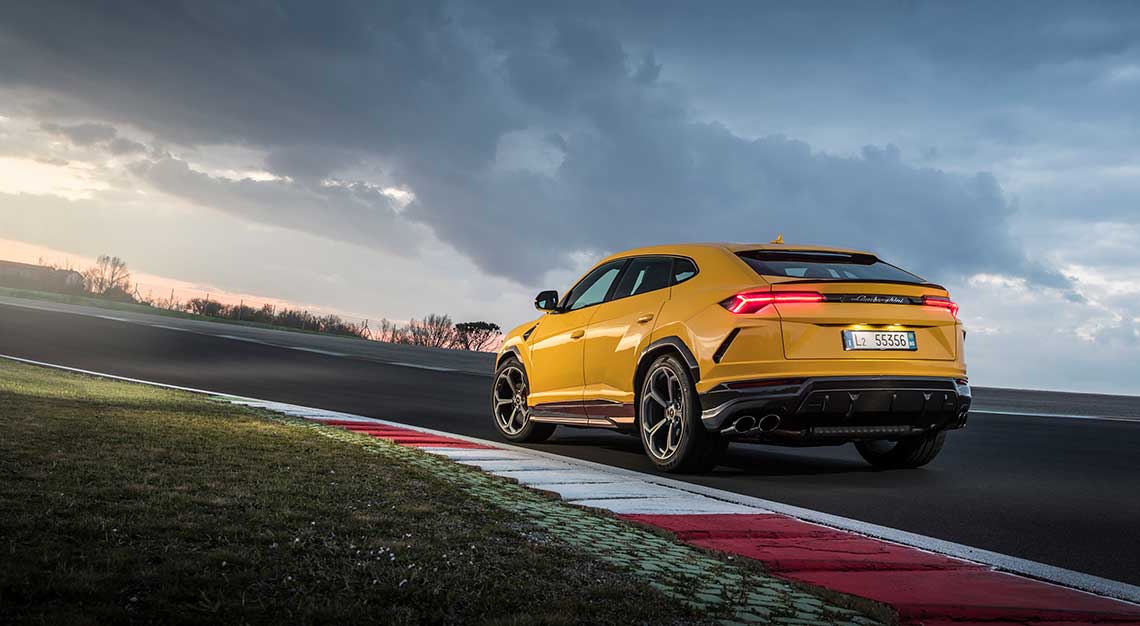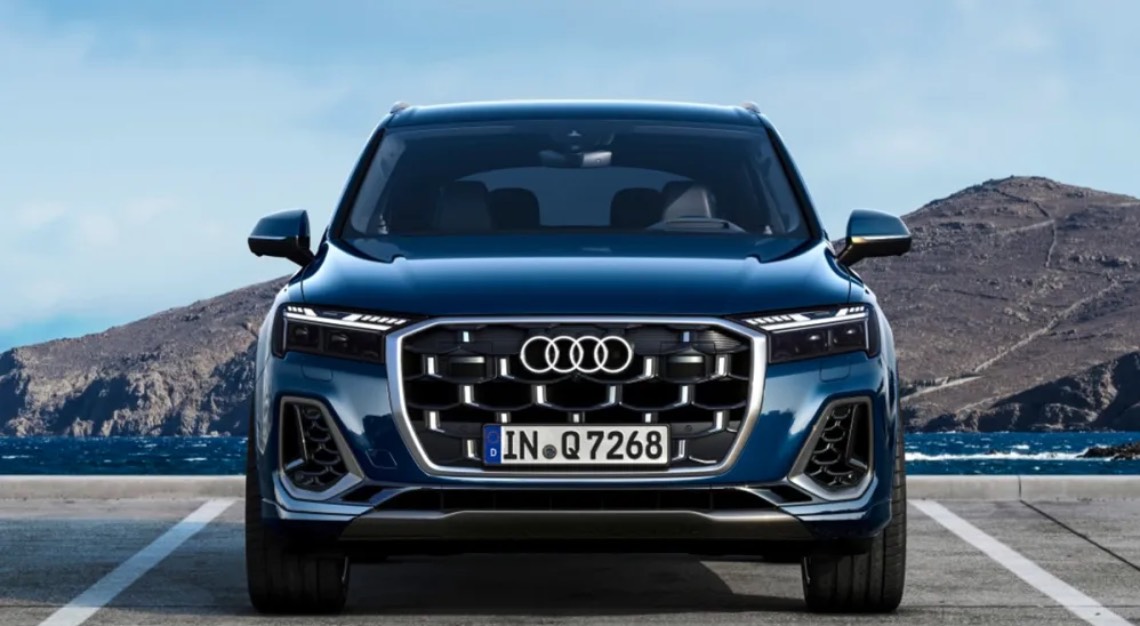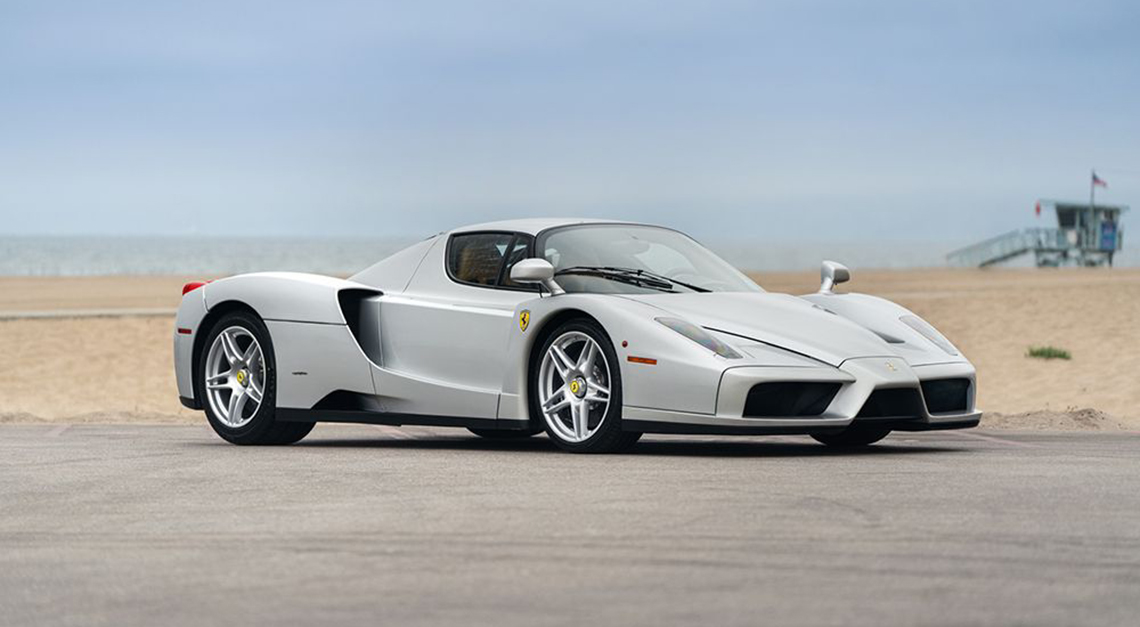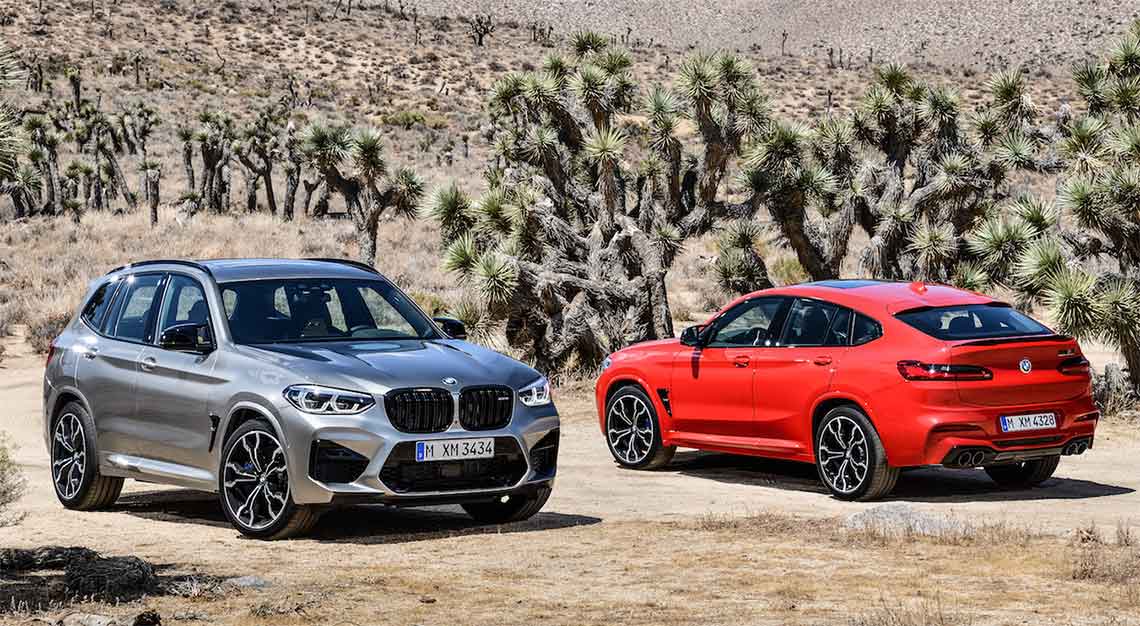The Lamborghini Urus SUV is huge in just about every respect, from its 650hp output to its price tag that well exceeds $800,000
The Lamborghini Urus is very much a car of the moment. The market for SUVs – especially the SUVs that occupy the upper reaches of the market – has pretty much exploded over the past decade. Porsche has had the Cayenne since 2002; Bentley, the Bentayga; Rolls-Royce, the Cullinan; and now, so does Lamborghini.
Suffice to say, given it’s a Lamborghini, the Urus is no shrinking violet. Its styling is blocky, angular, and paired with gargantuan 58.5-cm wheels (that somehow manage to look normal-sized on the car), the car looks even larger than its length of 5.1m and width of 2m would suggest.
As for what it looks like on the inside, I am hoping you like hexagons and fighter jet-inspired touches, because the Urus has lots of that. And I do mean, lots.
The centre console is dominated by the Tamburo, which is tasked with switching between the various drive modes or drivetrain settings. That frames the gear lever, which, despite what its massive size would suggest, is responsible solely for reverse. Drive is selected by pulling on the upshift paddle (the right one) behind the steering wheel and neutral is selected by pulling on both shift paddles at the same time.
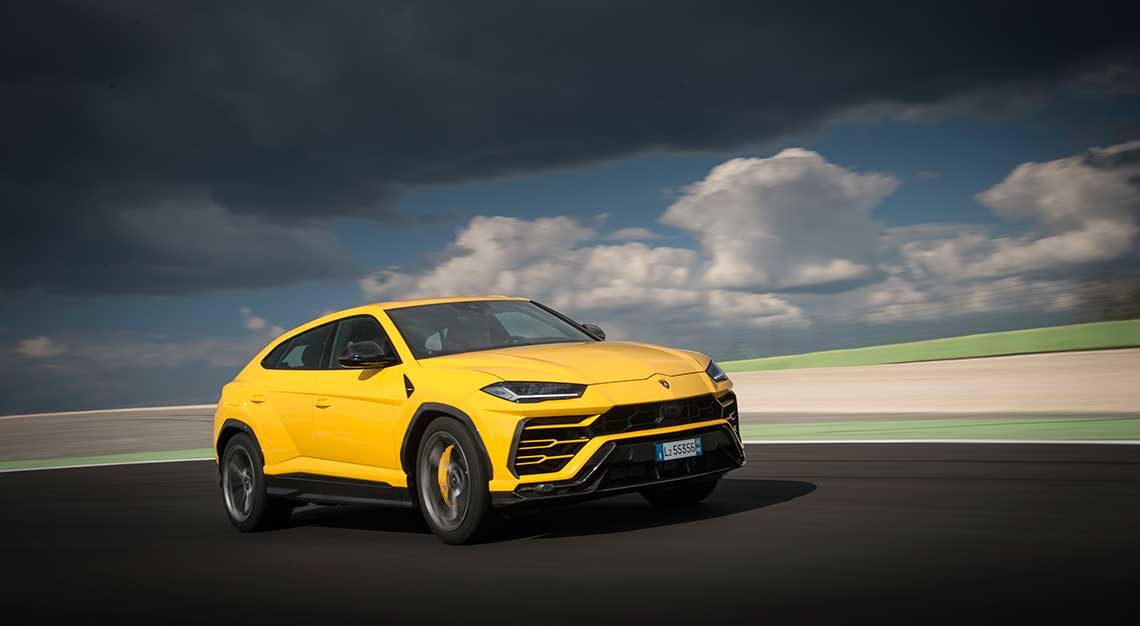
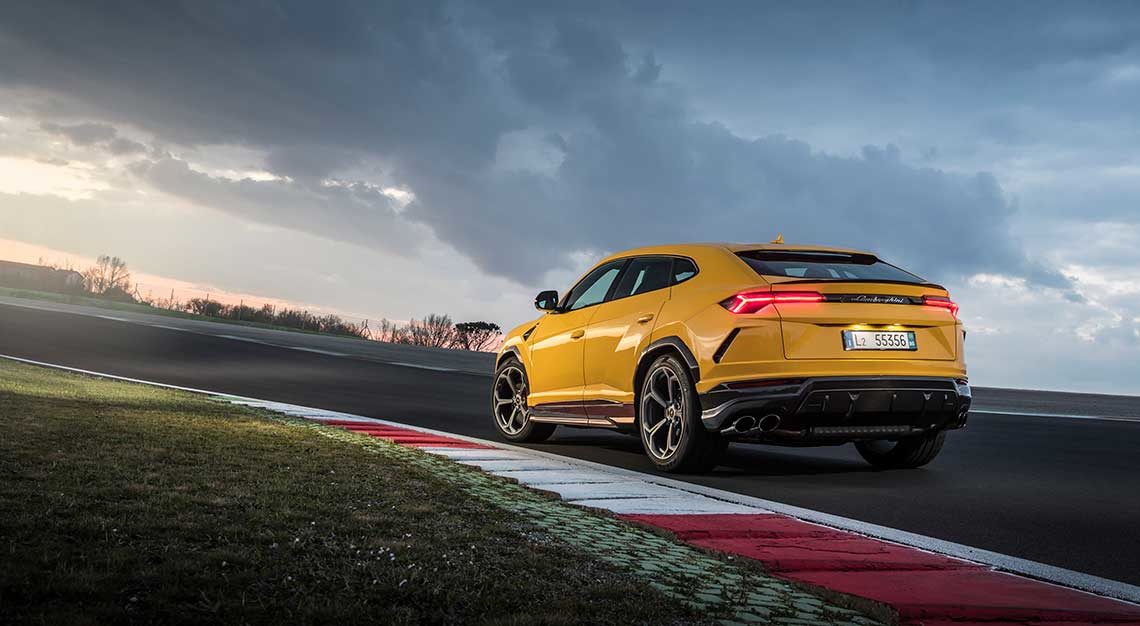
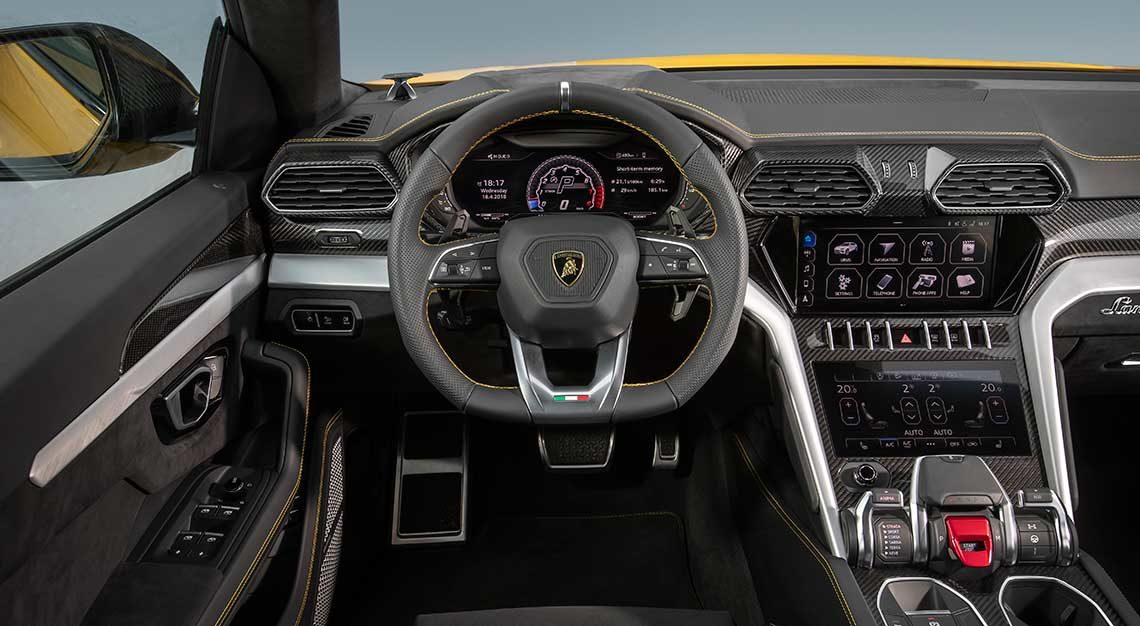
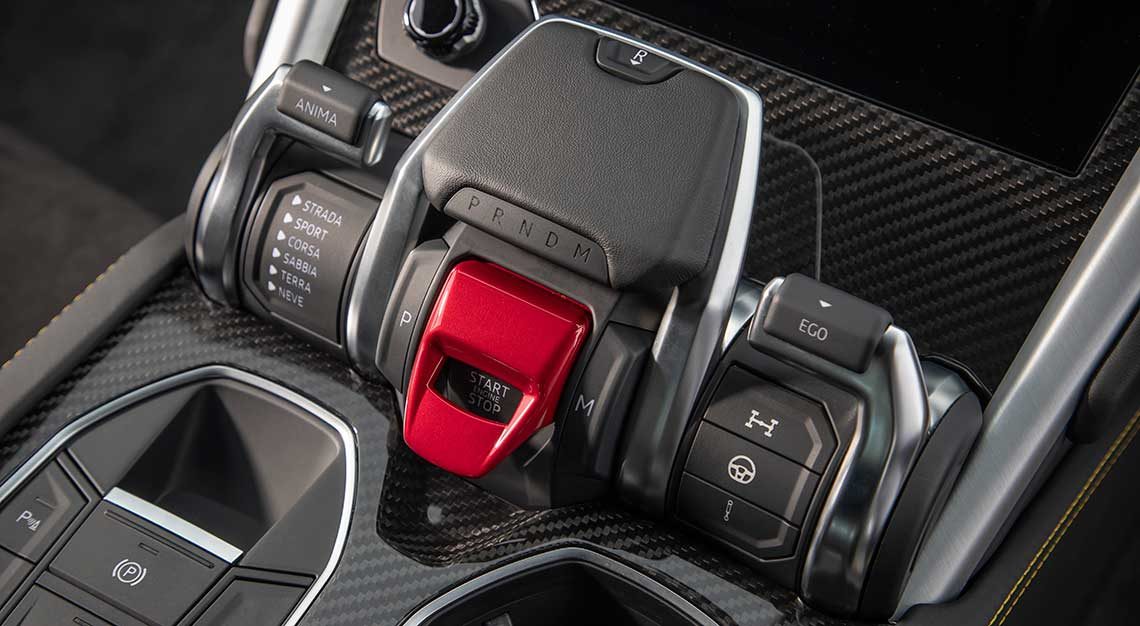
To even get to shifting gears, one has to start the Urus. That’s done by flipping up the red start button cover, thumbing the button underneath and screaming “Got tone on the bandit, Fox One” as loudly as you can.
While that last bit isn’t strictly necessary, it might at least cover up the sudden burst of engine revs and the excessively loud exhaust bark as the Urus starts up. While that does much for theatrics, it’s likely that won’t endear you much to your neighbours.
But for all that, the Urus is remarkably civilised… if you keep the car in its Strada (Street) mode. The steering is light, throttle response muted and despite the presence of the aforementioned 23-inch monster truck wheels, its ride is fairly calm.
In fact, so serene is its personality when you don’t feel like driving it hard, that you’ll be forgiven for thinking the Urus isn’t packing 650hp, isn’t capable of a zero to 100km/hr time of 3.6 seconds and can’t hit a top of just over 300km/hr.
But should you decide to explore the bountiful upper reaches of the Urus’ ability, simply switch the car into Corsa (Race). The difference between Corsa and Strada is so stark, it will feel like you’re driving two completely different cars.
This almost makes its $798,000 price tag (excluding COE and options) somewhat bearable, since you’re getting two cars. Well, sort of, anyway.
So, this Corsa thing, then. Along with the savage acceleration, it’s also remarkable how hard you can lean on the Urus in corners. There’s a lot going on underfoot, with active suspension systems (including dampers and roll bars) and all-wheel-drive ensuring that the Urus does its best to not feel like a car that weighs 2,200kg.
And even when it comes to stopping, the Urus is reassuring. As with everything else about the car, its brakes are cartoonishly outsized, with 10-piston calipers clamping down on 440-mm carbon-ceramic rotors.
Yet, I found something lacking…
The full story is available in the June 2019 edition of Robb Report Singapore. Get the annual print subscription delivered to your doorstep or read on the go with a digital subscription.
